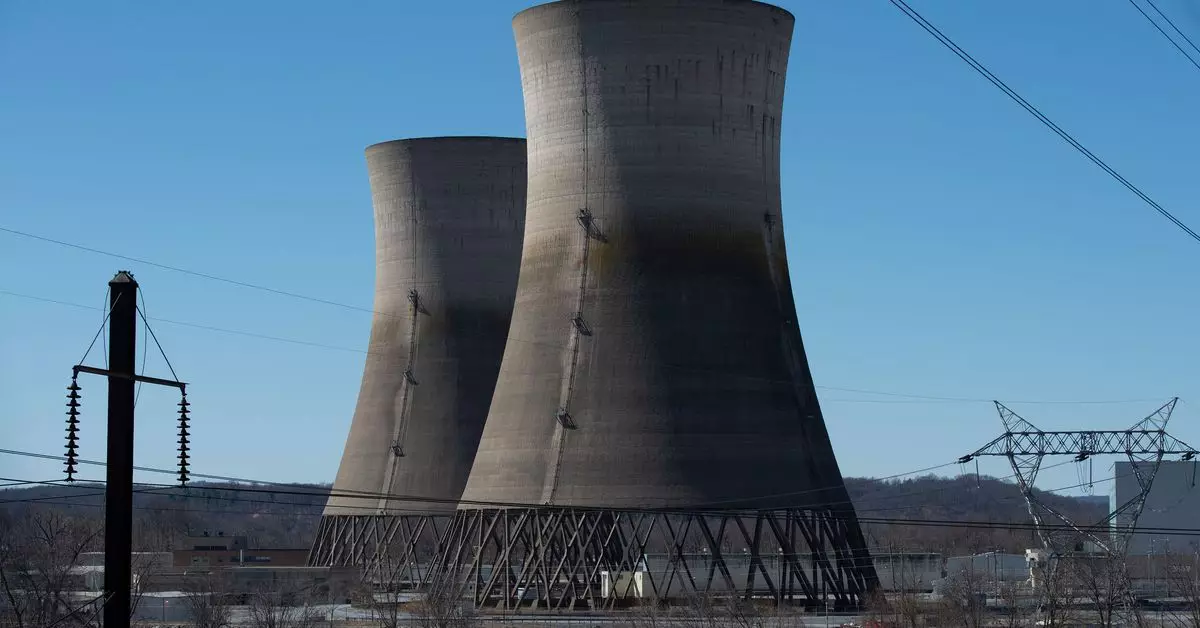In a groundbreaking move that intertwines technology and energy, Microsoft has announced a deal to resurrect the Three Mile Island nuclear power plant, a facility that has been largely out of operation since its infamous accident in 1979. This initiative, aimed at powering the tech giant’s artificial intelligence data centers, could potentially reshape the landscape of energy consumption and innovation in the United States. The agreement, if approved by regulatory authorities, would grant Microsoft exclusive rights to harness 100% of the plant’s output, a significant step towards meeting its ambitious sustainability goals.
The deal made by Constellation, the current owner of the Three Mile Island plant, marks a pivotal moment in energy production juxtaposed with environmental responsibility. The revival plan includes converting the plant into the Crane Clean Energy Center, a tribute to the late Chris Crane, former CEO of Exelon. This power purchase agreement, spanning two decades, not only aligns with Microsoft’s vision of achieving carbon negativity by 2030 but also underlines the growing urgency for tech companies to find renewable energy sources amid increasing greenhouse gas emissions associated with tech endeavors.
Despite the historical context of Three Mile Island, including its economic shutdown in 2019, the facility remains a significant energy source. With the potential to generate 837 megawatts — enough power for over 800,000 homes — this initiative underscores the magnitude of energy required to sustain the operations of modern data centers and the burgeoning field of artificial intelligence.
Bobby Hollis, Microsoft’s vice president of energy, emphasized the importance of the agreement in an era where decarbonizing the energy grid is paramount. He stated that this milestone reflects the company’s deeper collaboration with energy providers to cultivate carbon-free energy sources, reinforcing the necessity for reliable and sustainable grid capacity.
However, while this initiative appears commendable, it also raises questions regarding the environmental implications of nuclear energy. Potential risks associated with nuclear energy usage and waste management have long been debated, making it essential for Microsoft and Constellation to navigate these challenges meticulously as they advance their nuclear revival plans.
Moreover, the collaboration reflects a broader movement within the tech industry, where companies are increasingly turning to nuclear energy as a feasible solution to meet their electrifying demands. Microsoft’s interest in small modular reactors (SMRs), particularly focused on innovative designs, indicates the growing acceptance of nuclear energy as a viable player in the clean energy transition.
Bill Gates, co-founder of Microsoft, has been an outspoken advocate for nuclear energy, expressing confidence in its potential ability to combat climate change. Such advocacy from influential figures within the tech sphere could significantly influence public perception and policy towards nuclear energy, shaping future energy conversations.
Despite the ambitious plans laid out in this partnership, substantial obstacles remain. Constellation’s ambitious $1.6 billion investment will require rigorous approval from the Nuclear Regulatory Commission, as well as state and local agency permits, to actualize the plan effectively. The necessity for license renewals to sustain operational capabilities until at least 2054 further complicates the timeline for potential growth and expansion.
The scrutiny surrounding nuclear energy underscores an ongoing tension within the energy sector: balancing innovation and safety while maintaining sustainable growth. As Microsoft, along with Constellation, seeks to navigate these regulatory waters, their journey will set a precedent for future tech and energy collaborations.
Ultimately, Microsoft’s venture to revive the Three Mile Island plant can be viewed as both a gamble and a gamble in favor of a cleaner, more sustainable energy horizon. By investing in nuclear energy, which remains a controversial yet powerful source of clean electricity, Microsoft positions itself at the forefront of the energy revolution driven by new technologies and evolving consumer demands. As the company embarks on this journey, the implications of its choices will reverberate not only within the tech and energy sectors but also in the broader discourse surrounding sustainable practices in an increasingly interconnected world.


Leave a Reply